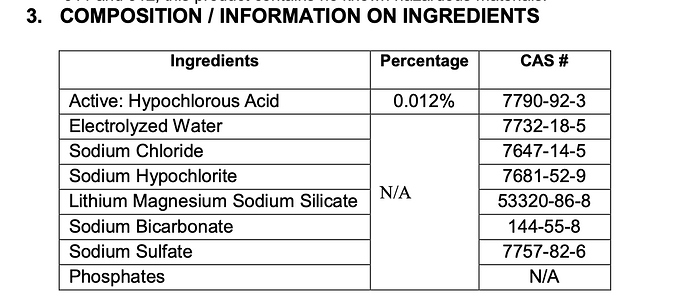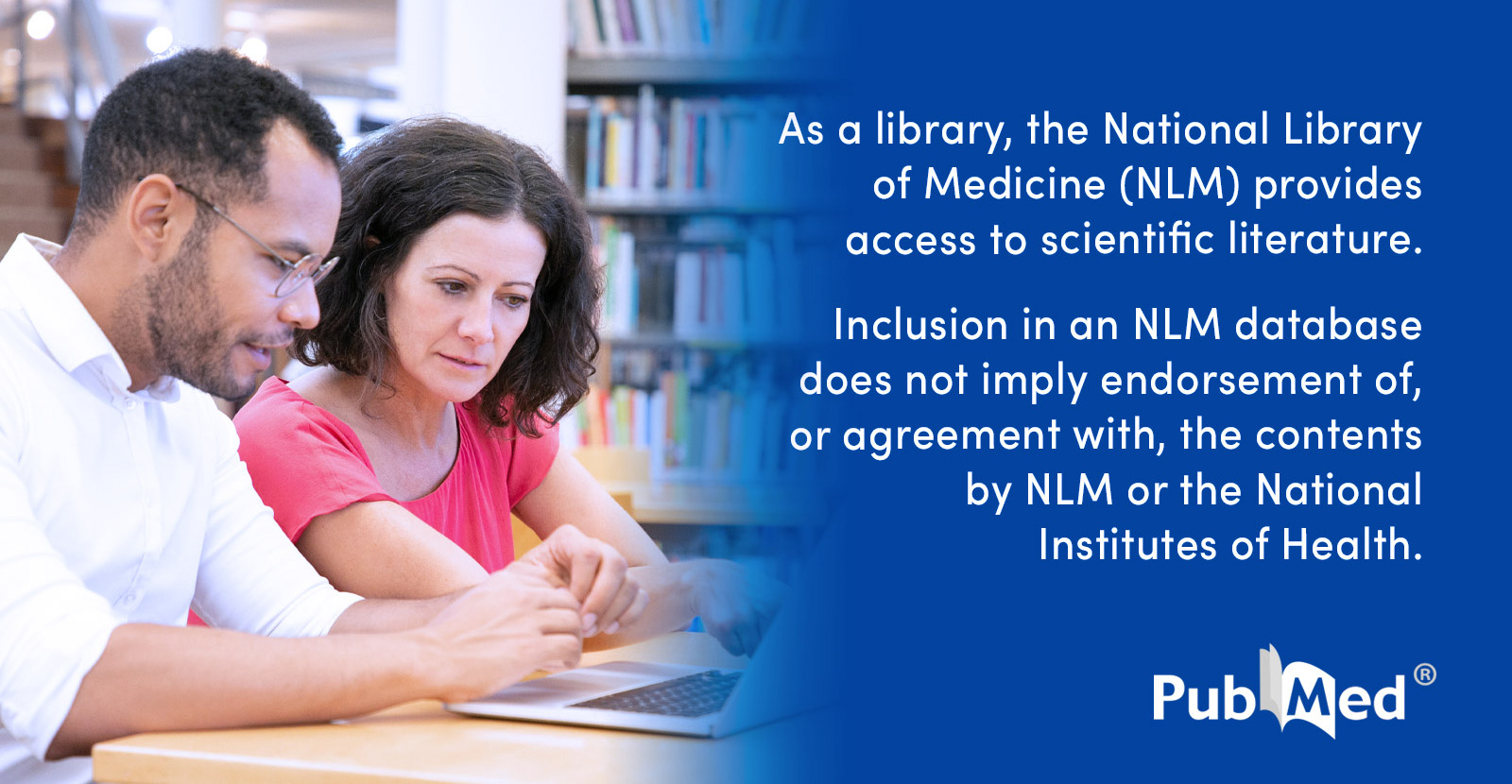Gentian violet was banned a number of years ago in Canada to keep it out of the food chain via pond raised fish farming like tilapia. Between COVID, recent politics and my passport expiring  I have not gotten down to the US to smuggle some in, and I doubt I could have it shipped to Canada.
I have not gotten down to the US to smuggle some in, and I doubt I could have it shipped to Canada.
What’s a good replacement that does the same things?
Gentian Violet spray was my basic horse first aid as a kid and I came back to it as a returning rider. I like it because it’s an effective fungicide (not sure of its anti bacterial properties), it provides a protective barrier, it dries out wounds and it doesn’t sting. I’ve used it for my entire horse time, and I’ve never had any issue with infection for either bandaged or unbandaged minor wounds. It’s also great for mild thrush
I live in a damp humid wet climate, so I think keeping wounds dry is important
I realize there is another school of thought which is to keep wounds soft and moist but my feeling is that’s counter productive in our climate especially for unbandageable wounds.
I have a bottle of Absorbine honey and silver spray which is meant to have “antibacterial properties” but I’ve been watching it being used and I think it’s kind of useless, maybe counter productive. Better maybe for a rash or sunburn, not a wound. It’s definitely a moisturizing rather than a drying product
Anyhow, what is out there that’s drying, anti bacterial or anti fungal, has a coating effect and doesn’t sting?


